
Bunny Rabbit Imagery in Contemporary Art
The bunny rabbit has hopped into the heart of street pop art and graffiti, becoming an enduring motif used by artists to explore themes ranging from innocence and purity to the subversion of these ideals. Often imbued with a soft and endearing quality, these creatures are reimagined within the urban art context to communicate a wide array of messages.
Pop Art's Adoption of the Bunny Rabbit
In pop art, the bunny rabbit often appears as an icon of commercialization, reminiscent of mascots used in marketing. Artists like Jeff Koons have elevated the bunny to high art, playing with materials and scale to challenge perceptions of value and artistry. In contrast, street artists might stencil, spray, or paste bunnies onto urban surfaces, juxtaposing innocence against the backdrop of the concrete jungle.
Symbolism and Interpretation
Within the framework of street and pop art, bunnies can symbolize everything from rebirth and new beginnings to the vulnerability of nature in the face of urban expansion. Some artists use the rabbit to make political statements, while others revel in the playful and whimsical aspects that the imagery naturally evokes.
Techniques and Aesthetic Choices
The depiction of bunnies in street art varies from hyper-realistic to abstract, with each artist bringing their unique style and technique to the forefront. The medium of choice—be it spray paint, wheatpaste, or stencils—further dictates the aesthetic, allowing for a diverse representation of this common theme.
The Bunny in the Urban Art Landscape
As a subject in the urban art landscape, the bunny rabbit continues to evolve, with artists worldwide adapting its image to speak to contemporary societal issues or to add beauty and intrigue to the streets. It is a motif that resonates globally, transcending cultural and linguistic barriers.

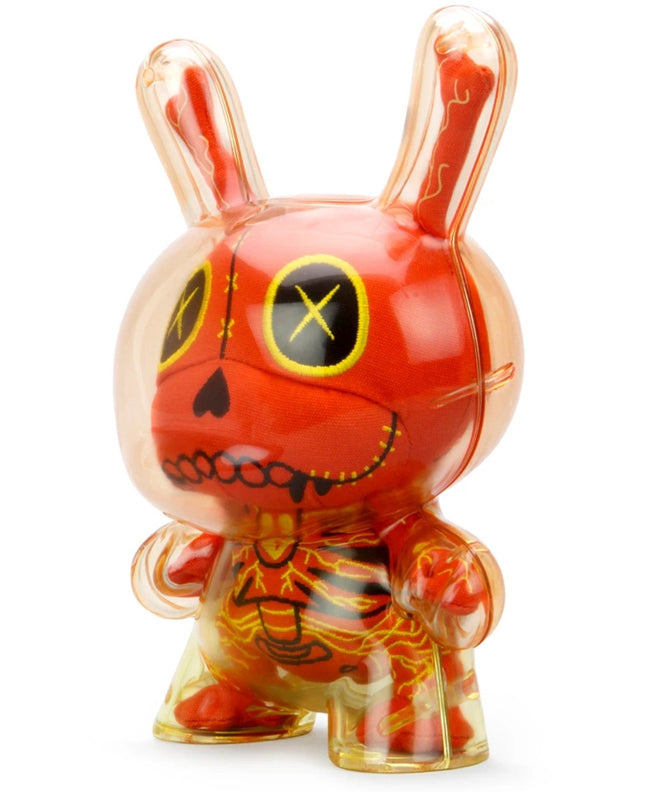
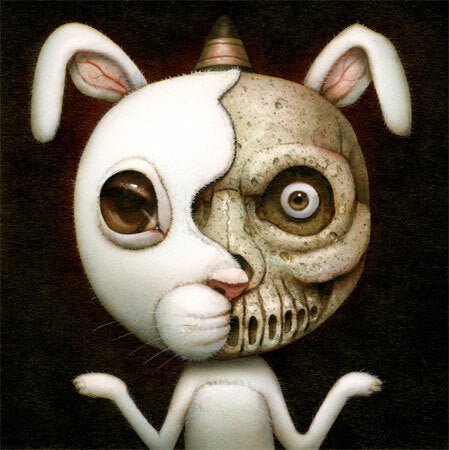
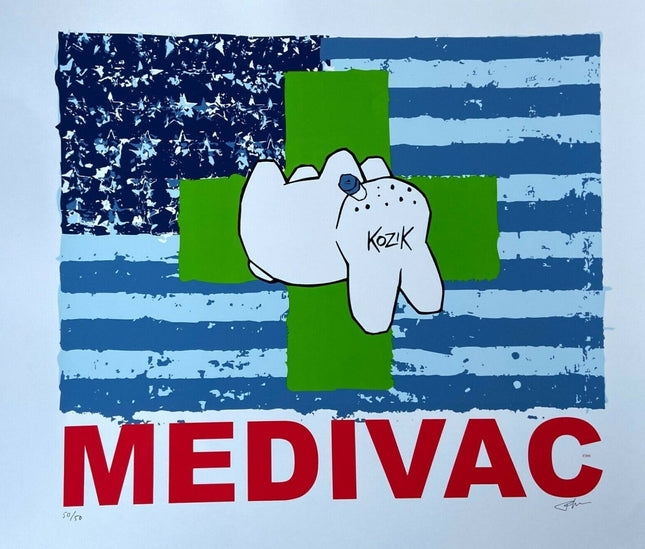
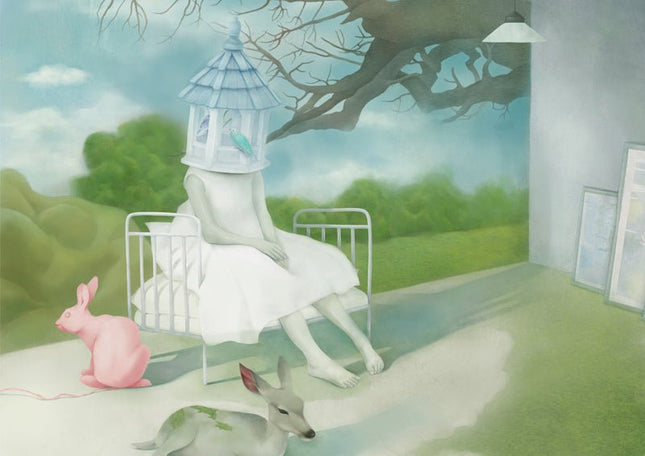
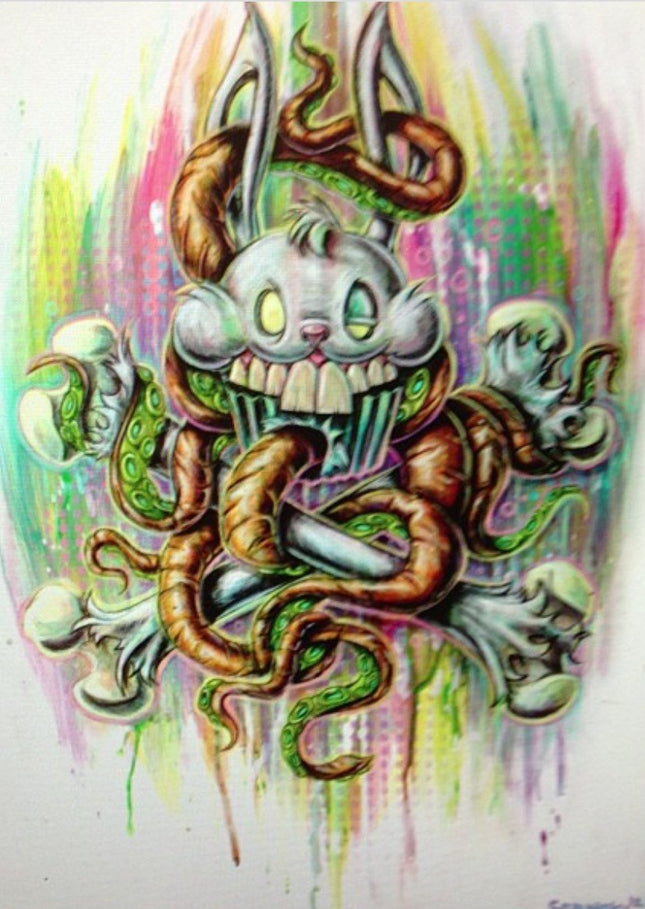
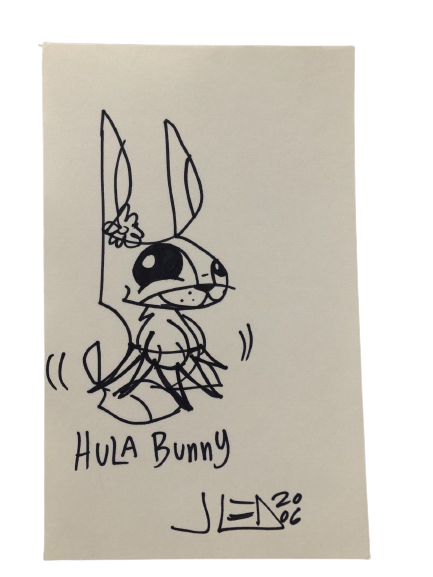
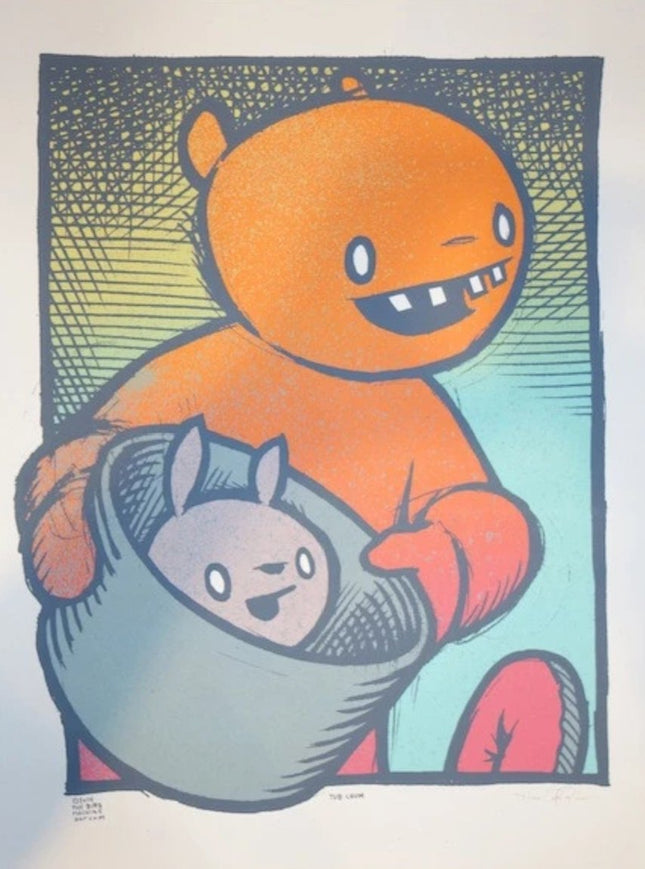
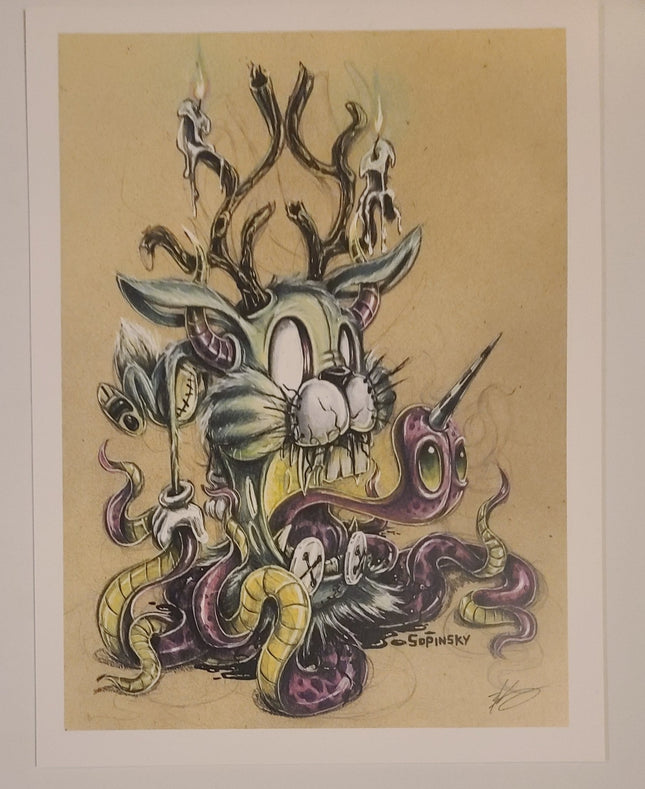
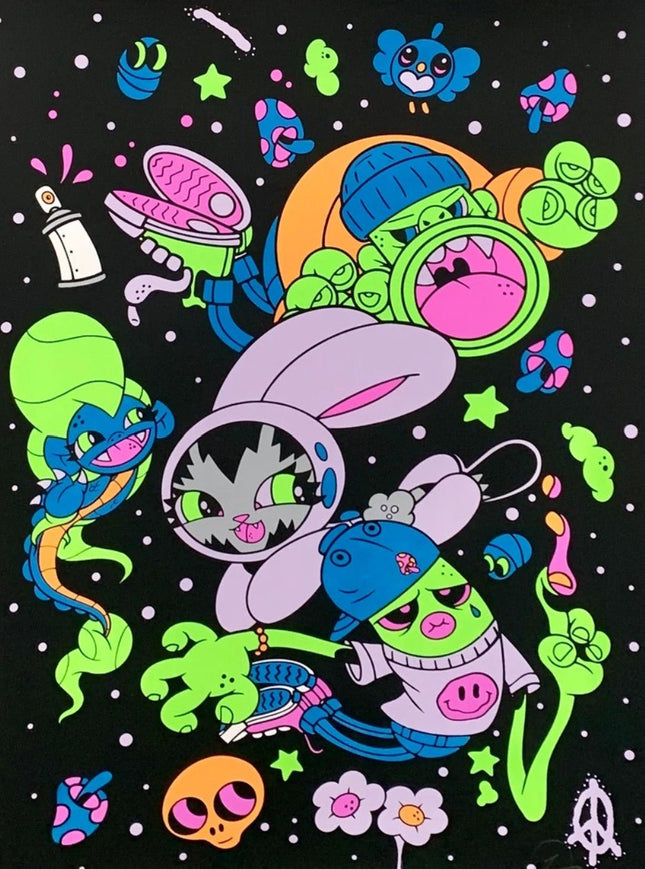
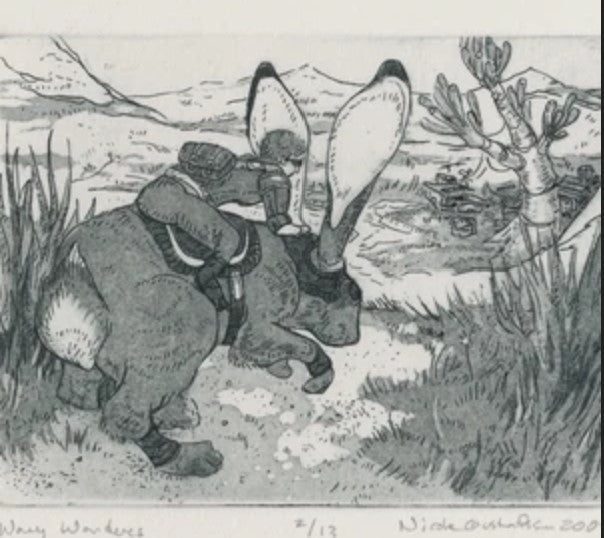
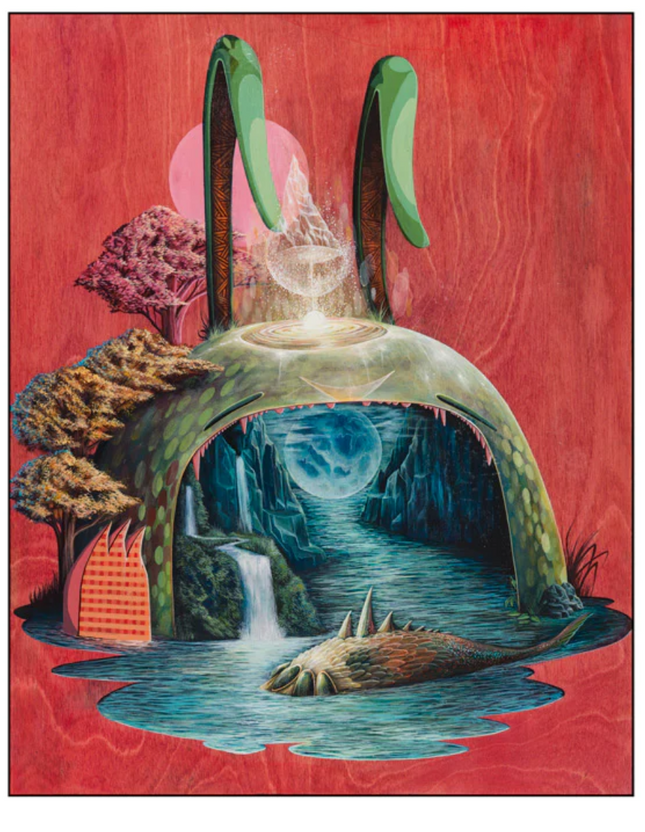
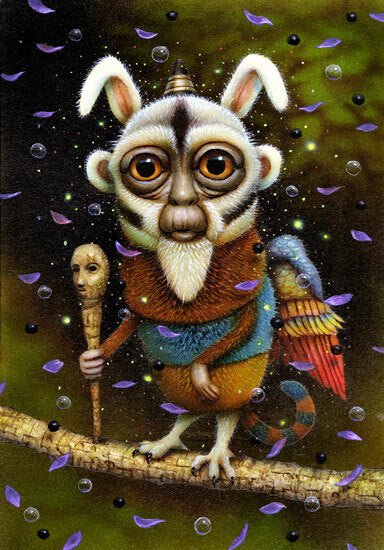
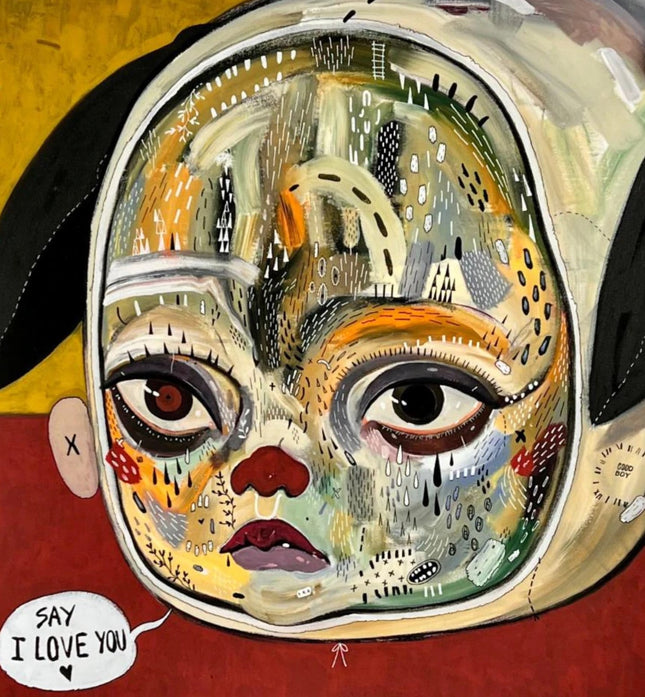

 العربية
العربية 简体中文
简体中文 Dansk
Dansk Nederlands
Nederlands Filipino
Filipino Suomi
Suomi Français
Français Deutsch
Deutsch Ελληνικά
Ελληνικά עִבְרִית
עִבְרִית हिन्दी
हिन्दी Íslenska
Íslenska Bahasa Indonesia
Bahasa Indonesia Italiano
Italiano 日本語
日本語 한국어
한국어 Latin
Latin Bahasa Melayu
Bahasa Melayu Norsk bokmål
Norsk bokmål فارسی
فارسی Português
Português Español
Español Svenska
Svenska ไทย
ไทย Türkçe
Türkçe Tiếng Việt
Tiếng Việt